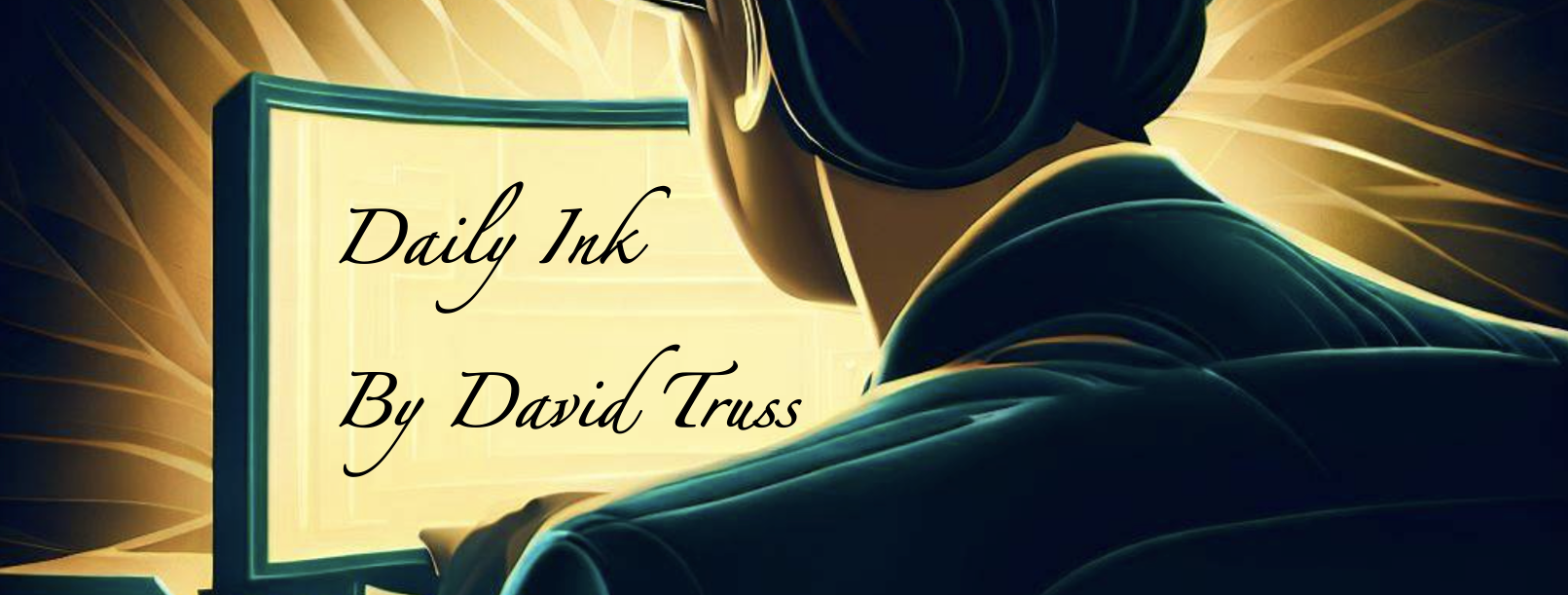We all know that one person who didn’t do well in school and isn’t ‘book smart’ but if there is a problem to solve he or she will figure it out. Or someone who’s a tinkerer, who dabbles in fixing anything from a small electric toy to a car engine… maybe they were good at school, maybe not, but they solve problems we would struggle with. This isn’t traditionally the kind of wisdom taught in schools. It’s born out of curiosity and ingenuity.
How can we make learning at school more like this? More like the problem solvers we are going to need. We aren’t going to out book smart AI. We aren’t going to write reports as well as a smartly prompted AI. But even a good AI isn’t going to figure out why a sink suddenly has low pressure any time soon.
Maybe that will come, but for now we are going to be able to out problem solve AI or at least be the ones that figure out what to ask AI to help us out.
So how do we maximize the learning at school to provide students with the kind of wisdom they need to be resourceful in an AI filled world? It won’t be with wrote memorization. It won’t be the review tests. It won’t be the book reports or the 15 math questions going home for homework.
What kind of learning experiences are we creating at school? Do they foster wisdom, systems thinking, and/or problem solving? Are we getting students excited about being learners and problem solvers? Are we creating environments for creators or compliant workers? Because the path of AI and robotics is quickly making compliant workers redundant.
I don’t know if we can explicitly teach wisdom, but we can create experiences where wisdom is valued and the right answer isn’t predetermined. We can design problems that require collaboration, creativity, and insight. And we can teach students to harness AI so that it serves us and we add value to what it can do with us.
Creating unique and challenging learning experiences, with students helping us design these experiences or even designing them themselves…. This is the path forward for schools. If a student spends the day only doing things AI can do better than them, what’s school really teaching?











